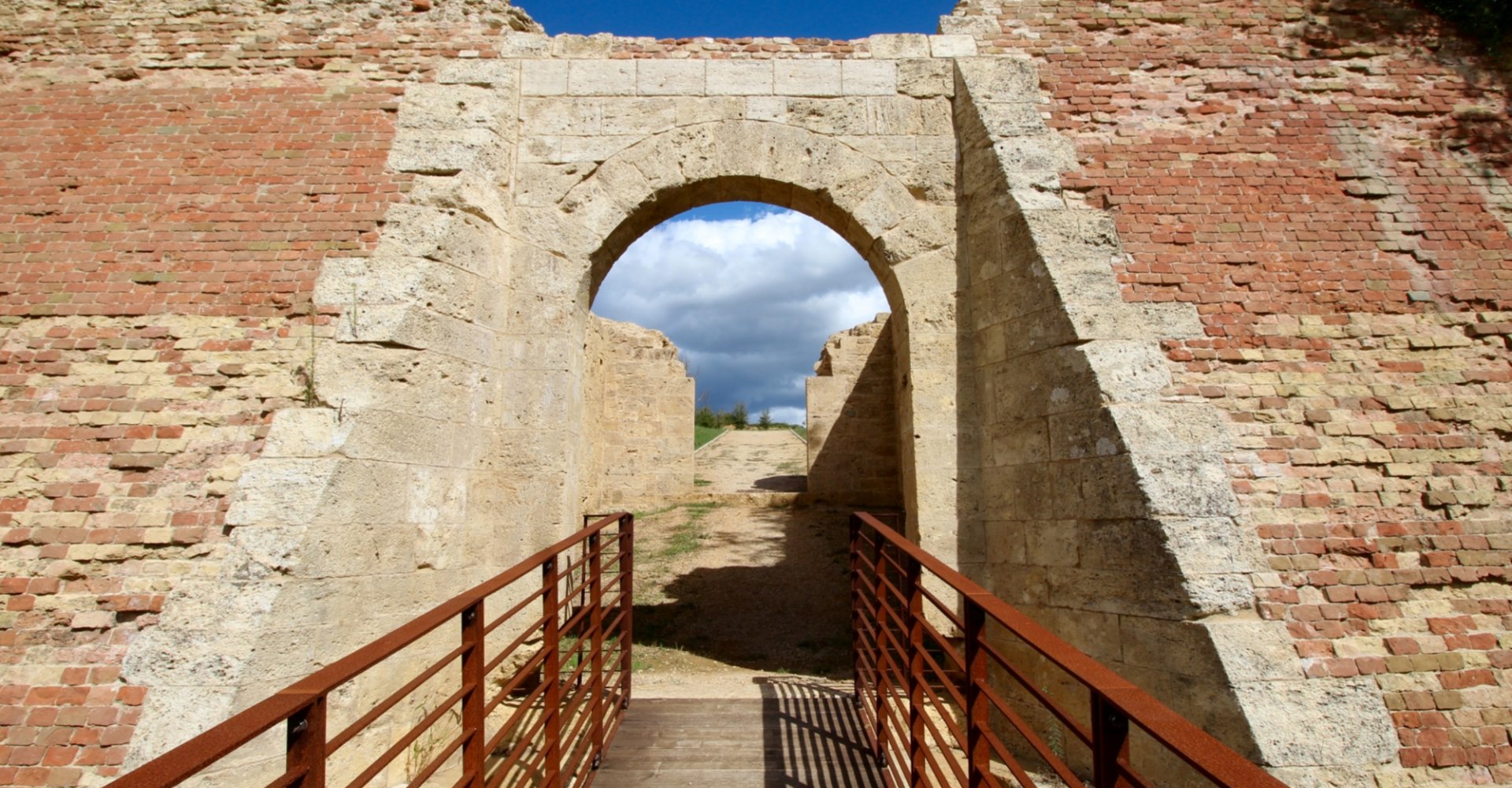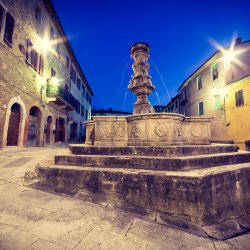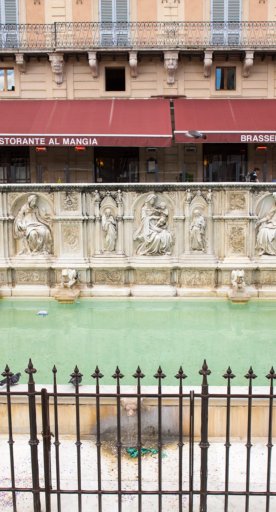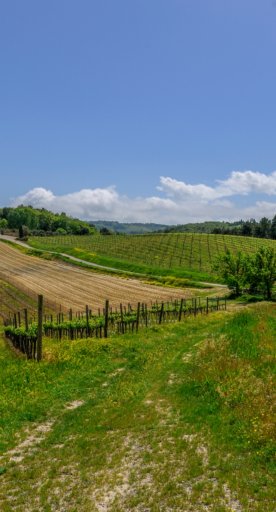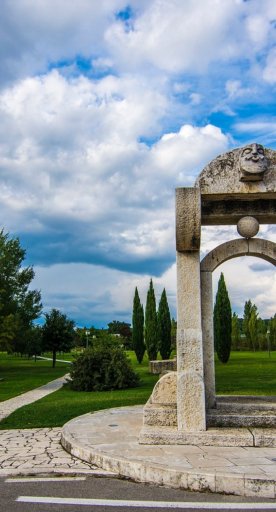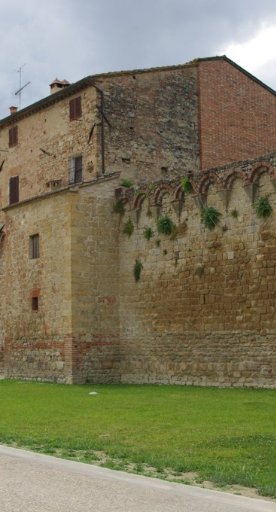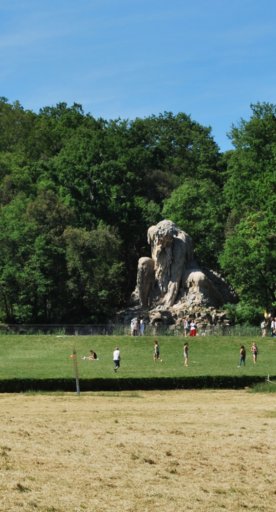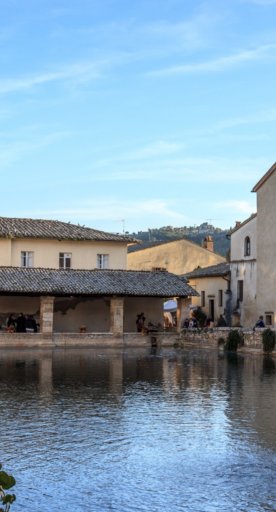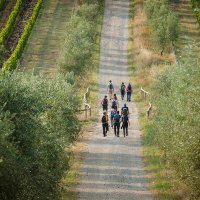4 ways to discover the Sienese Renaissance
Open air art and treasures along the Via Francigena
People who love art and history should absolutely visit the wonders kept in the Siena area. Here, in fact, it seems you can easily jump back to the Renaissance, thanks to museums, ancient churches, fortresses, palaces surrounded by green and soft hills.
If you want to admire all this beauty, take a look at the following ideas. For example you can take a walk along the Via Francigena, and discover 15th century masterpieces and fortified castles among other breathtaking beauties.
-
1.Borders and fortresses in Val d'Elsa
-
2.15th century Sienese art
-
3.The painted sculpture
-
4.The Renaissence towns' architecture
Borders and fortresses in Val d'Elsa

Travelling along the old Via Francigena, you'll get to see numerous fortifications and defensive structures from the Medieval time up to the Medici Era. One of them is the grandiose Fortezza di Poggio Imperiale in Poggibonsi, built according to the plans devised by Giuliano da Sangallo upon the wishes of Lorenzo de’ Medici.
In Abbadia a Isola (Monteriggioni), you can admire the monumental altar piece by Sano di Pietro, which still dominates the lovely medieval church; in Staggia, check out the masterpiece by a young Antonio del Pollaiolo; finally, in San Gimignano, you can get to know details of two pictorial and cultural worlds thanks to works by Sienese and Florentine schools.
15th century Sienese art
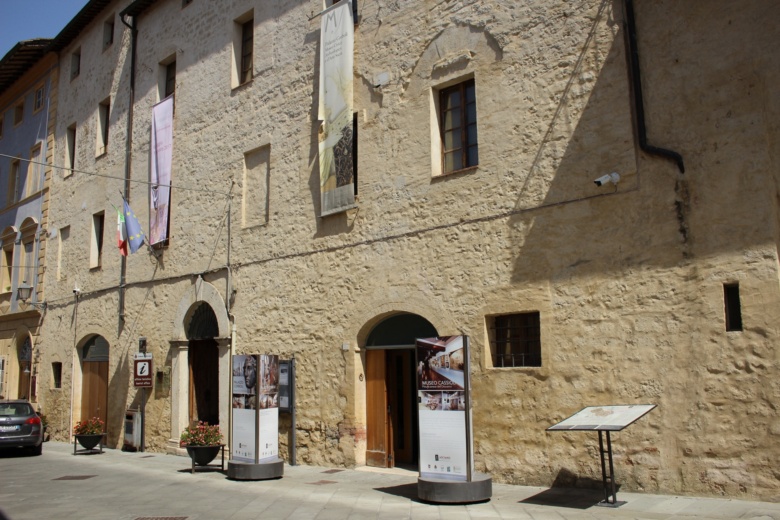
An interesting matter in the museums of Crete Senesi is the frequent and earnest representation of two new Sienese saints, San Bernardino and Santa Caterina, during the fifteenth century.
Furthermore, the fifteenth-century fortune of fourteenth-century iconographic prototypes, of a sacred nature yet associated with civic identity, is documented in the Palazzo Corboli Museum in Asciano with works by Pietro di Giovanni Ambrosi and Giovanni di Paolo.
In Buonconvento there's a precious collection of sacred art coming from the Val d’Arbia area.
The painted sculpture

You can visit the Montalcino Museum, which is home to wooden figures by remarkable quality by Francesco di Valdambrino. Then head for Castiglione d’Orcia to admire the panels by Vecchietta and Giovanni di Paolo in the Sala d’Arte San Giovanni.
Continue to Renaissance Pienza, where the Diocesan Museum features works by engraver Domenico di Niccolò “dei cori”.
The Renaissence towns' architecture
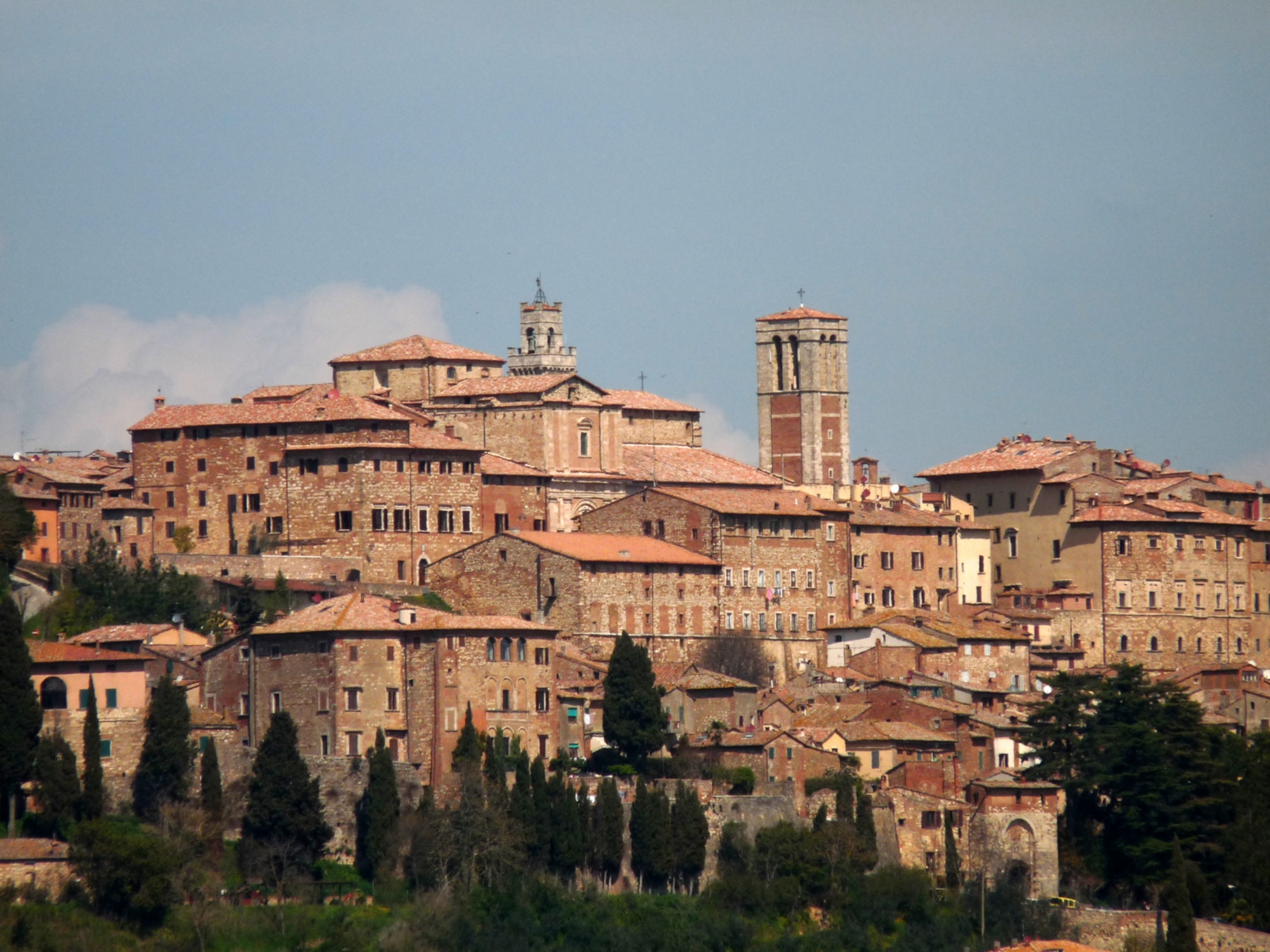
In Pienza, the Cathedral, the Museo Diocesano and Palazzo Piccolomini represent the centrepoint where you can start exploring the entire small town designed by Bernardo Rossellino for Pope Pius II. You esploration should also include the nearby village of San Quirico d’Orcia to admire the large altar piece by Sano di Pietro in the Collegiata.
The other stop should be at the Renaissance town of Montepulciano, where you can follow in the footsteps of the Florentine architecture and sculptor Michelozzo, Donatello’s “companion”, who designed the church of Sant’Agostino and the beautiful statues in the Cathedral, which belonged to the burial monument of Bartolomeo Aragazzi.
